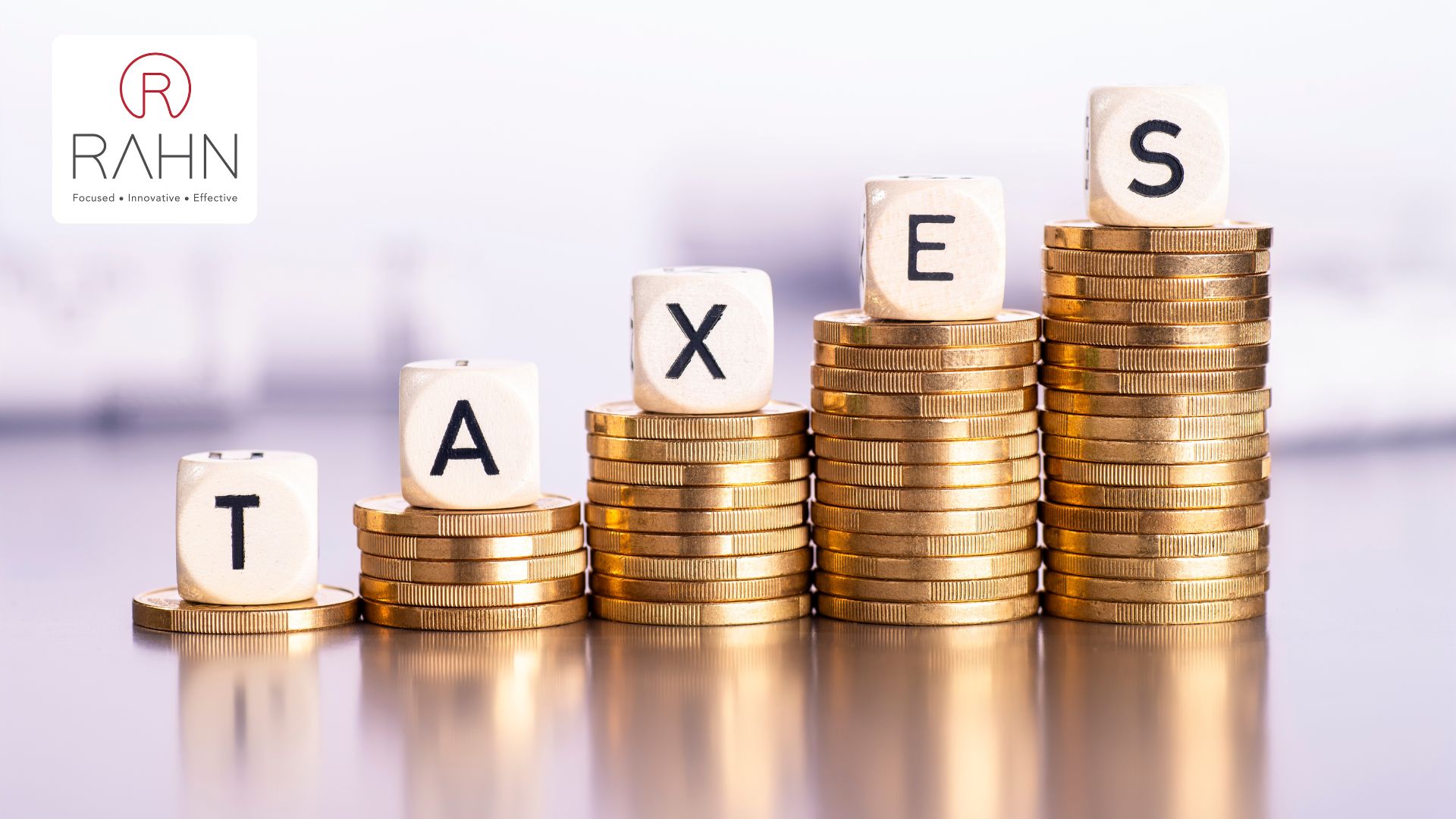The Pros and Cons of the South Africa VAT Increase 2025
How the South Africa VAT Increase 2025 Impacts the Economy and Consumers
The Pro’s and Con’s of increasing the VAT bracket within South Africa in 2025
The South African Parliament recently unveiled the South Africa VAT increase as part of the 2025 Budget, introducing significant fiscal measures to address the nation’s economic challenges. A central component of this budget is the proposed increase in the Value-Added Tax (VAT) rate, aimed at enhancing revenue streams to fund essential public services.

The Pro’s and Con’s of increasing the VAT bracket within South Africa in 2025
Key Highlights of the 2025 Budget:
- Incremental VAT Increase: The government plans to raise the VAT rate by 0.5 percentage points in 2025/26 and an additional 0.5 percentage points in 2026/27, elevating the rate from 15% to 16% over two years.
- Allocation of Additional Revenue: The increased VAT revenue is earmarked for critical sectors, including:
- Healthcare: An additional R28.9 billion is allocated to address the needs of the country’s large HIV-positive population and to fund medical personnel salaries.
- Defence: An allocation of R5 billion to strengthen military forces in response to regional conflicts.
- Social Services: Funding for early childhood education and the revitalization of commuter rail transport.
- Support for Low-Income Households: To mitigate the impact of the VAT hike on vulnerable populations, the government proposes expanding the list of VAT zero-rated essential food items and maintaining current fuel levy rates.
Pros of the VAT Increase:
- Revenue Generation: The VAT hike is projected to generate an additional R72 billion over the next two fiscal years, bolstering the government’s capacity to fund essential public services and infrastructure projects.
- Fiscal Sustainability: By increasing VAT, the government aims to reduce the budget deficit, stabilize public debt, and achieve a primary fiscal surplus, thereby enhancing the country’s economic stability.
- Targeted Social Relief: Expanding the list of VAT zero-rated items seeks to protect low-income households from the regressive nature of consumption taxes, ensuring that necessities remain affordable.
Cons of the VAT Increase:
- Inflationary Pressure: South Africa VAT increase hike may lead to increased prices for goods and services, exacerbating the cost-of-living crisis and eroding real wages, particularly among low- and middle-income consumers.
- Economic Slowdown: Higher consumption taxes could reduce household spending, potentially slowing economic growth and adversely affecting businesses reliant on consumer demand.
- Political Opposition: The proposed VAT increase has faced resistance from major political parties and labour unions, raising concerns about potential delays in budget approval and the risk of political instability.
Implications of Raising the VAT Bracket:
The decision to implement the South Africa VAT increase 2025 reflects the government’s strategy to enhance fiscal capacity amidst economic challenges. While the additional revenue is intended to fund critical public services, the regressive nature of VAT necessitates measures to protect vulnerable populations. The expansion of VAT zero-rated items is a targeted approach to mitigate adverse effects on low-income households.
However, the potential inflationary impact and political resistance underscore the need for a balanced and inclusive fiscal policy that promotes economic growth while ensuring social equity. The 2025 Budget’s proposed VAT increase presents both opportunities and challenges. Its success will depend on effective implementation, stakeholder engagement, and complementary policies that collectively aim to foster sustainable economic development and social well-being.